Home>Articles>How Much Does It Cost To Paint A Kitchen Cabinet
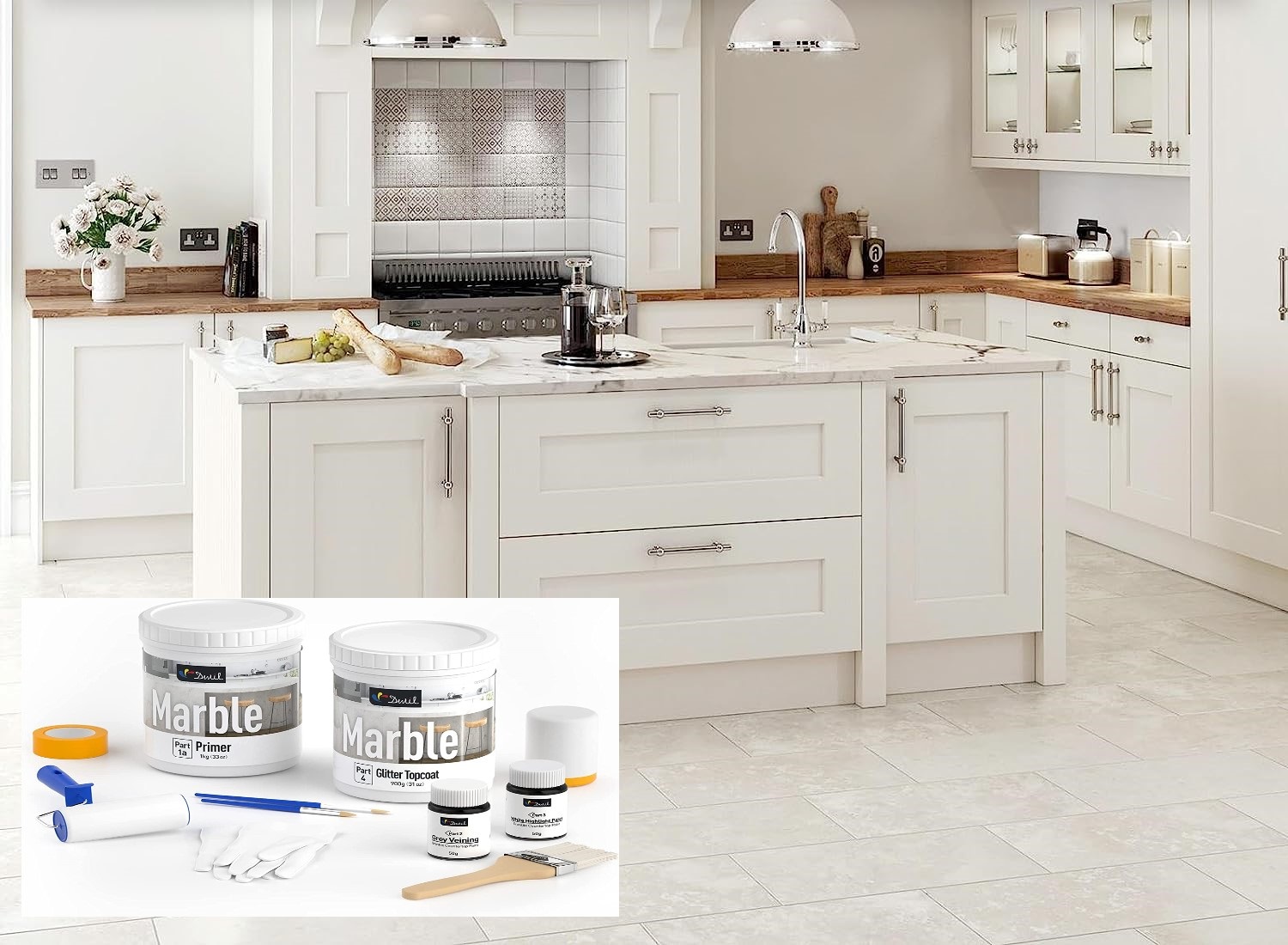

Articles
How Much Does It Cost To Paint A Kitchen Cabinet
Modified: January 19, 2024
Looking to give your kitchen cabinets a fresh new look? Find out the cost of painting kitchen cabinets and get expert advice on home maintenance.
(Many of the links in this article redirect to a specific reviewed product. Your purchase of these products through affiliate links helps to generate commission for Storables.com, at no extra cost. Learn more)
Introduction
Revamping your kitchen cabinets with a fresh coat of paint can breathe new life into your entire kitchen. Whether you want to update the look of your cabinets or give them a complete transformation, painting is a cost-effective way to achieve the desired results. However, before embarking on this project, it is essential to understand the factors that affect the cost of painting kitchen cabinets.
The cost of painting kitchen cabinets can vary significantly depending on various factors, including the size of your kitchen, the condition of the cabinets, the type of paint you choose, and whether you hire a professional or decide to do it yourself. In this article, we will explore these factors and provide you with a comprehensive guide to help you determine the cost and feasibility of painting your kitchen cabinets.
Before diving into the cost details, it is important to note that painting kitchen cabinets is more than just slapping a coat of paint on them. It requires proper preparation, quality materials, and attention to detail to ensure a professional and long-lasting finish.
This guide will take you through the process of preparing your kitchen cabinets for painting, the materials and tools needed, the step-by-step process of painting the cabinets, and important considerations for achieving a professional finish.
By the end of this article, you will have a clear understanding of the average cost of painting kitchen cabinets and be equipped with the knowledge to decide whether to hire a professional or embark on a DIY project.
So, let’s dive in and discover the factors that affect the cost of painting kitchen cabinets.
Key Takeaways:
- Revamping kitchen cabinets with a fresh coat of paint is a cost-effective way to transform your kitchen. Factors such as size, condition, paint type, and professional vs. DIY all influence the overall cost.
- Proper preparation, high-quality materials, and attention to detail are essential for achieving a professional and long-lasting finish when painting kitchen cabinets. Consider the benefits of hiring a professional versus DIY for cost-effective and satisfying results.
Read more: How Much Does A Cabinet Cost
Factors Affecting the Cost of Painting Kitchen Cabinets
Several factors come into play when determining the cost of painting kitchen cabinets. Understanding these factors will help you estimate the overall cost and plan your budget accordingly. Here are the key factors to consider:
- Size of the kitchen: The size of your kitchen is a significant factor in determining the cost of painting kitchen cabinets. A larger kitchen will require more paint, tools, and time, resulting in higher costs compared to a smaller kitchen.
- Condition of the cabinets: The condition of your cabinets plays a crucial role in the painting process. If your cabinets are in good condition and only require a fresh coat of paint, the cost will be lower. However, if your cabinets have extensive damage, such as peeling paint, scratches, or deep dents, they may need additional repairs and preparation, thus increasing the overall cost.
- Type of paint: The type and quality of paint you choose will impact both the appearance and cost of the project. There is a wide range of paint options available, from basic latex paints to high-quality enamel finishes. Higher-quality paints tend to be more expensive but can provide a more durable and long-lasting finish.
- Professional vs. DIY: Deciding whether to hire a professional or tackle the project yourself can significantly affect the cost. Hiring a professional painter may come with additional labor costs, but it ensures a high-quality finish and saves you time and effort. On the other hand, opting for a DIY approach can be more cost-effective but may require investing in painting tools, equipment, and your own time.
- Additional services: Depending on your specific needs, there may be additional services that can add to the overall cost of the project. These services may include cabinet removal and installation, replacing hardware or hinges, or repairing and filling any damages to the cabinets.
It’s important to assess these factors and determine their influence on the overall cost of painting your kitchen cabinets. By considering the size of your kitchen, the condition of your cabinets, the type of paint you prefer, and whether you choose to hire a professional or take on the project yourself, you can get a better sense of the potential cost.
Now that we’ve explored the factors impacting the cost, let’s move on to the necessary steps required to prepare your kitchen cabinets for painting.
Preparing the Kitchen Cabinets for Painting
Properly preparing your kitchen cabinets before painting is essential to ensure a smooth and long-lasting finish. This step is crucial as it helps the paint adhere to the surface, prevents chipping or peeling, and enhances the overall durability of the painted cabinets. Here are the steps involved in preparing your kitchen cabinets for painting:
- Remove cabinet doors and hardware: Start by removing all cabinet doors, drawers, and hardware, including handles, knobs, and hinges. This will allow you to paint the cabinets more efficiently and achieve a professional finish. Remember to label each door and its corresponding location to make reassembly easier.
- Clean the cabinets: Thoroughly clean the cabinets using a gentle cleaner or a mixture of warm water and mild detergent. Remove any grease, dirt, or grime that has accumulated on the surface. This step is crucial to ensure proper adhesion of the paint.
- Sand the cabinets: Lightly sand the cabinet surfaces using fine-grit sandpaper. This step helps to smooth out any imperfections, remove glossy finishes, and create a rough surface for the paint to adhere to. Remember to wipe off any dust or debris with a tack cloth after sanding.
- Repair any damages: Inspect the cabinets for any damages such as scratches, dents, or holes. Use wood filler or putty to fill in these imperfections, and sand them down once dry. This will ensure that your cabinets have a flawless appearance after painting.
- Prime the cabinets: Applying a primer is highly recommended, especially if you’re painting over a dark or stained surface. The primer helps to create a uniform base and enhances the paint’s adhesion. Choose a high-quality primer suitable for your cabinet material and apply it evenly on all surfaces.
- Mask off surrounding areas: To protect other surfaces from accidental paint splatters or drips, use painter’s tape to mask off adjacent walls, countertops, and floors. This step will keep your kitchen tidy and prevent any unnecessary mess during the painting process.
Once you have completed these steps, your kitchen cabinets will be ready for painting. Proper preparation is key to achieving professional-looking results and ensuring the longevity of the painted cabinets. Now, let’s move on to the materials and tools you’ll need for the painting process.
Materials and Tools Needed
Before you start painting your kitchen cabinets, it’s important to gather all the necessary materials and tools. Having everything at hand will make the painting process more efficient and ensure a successful outcome. Here are the essential materials and tools you’ll need:
Materials:
- Paint: Choose a high-quality paint suitable for kitchen cabinets. Opt for an enamel or latex-based paint with a semi-gloss or satin finish for durability and easy maintenance.
- Primer: Select a primer specifically designed for use on cabinets. The primer helps to create a smooth surface, enhances paint adhesion, and prevents stains or color bleed-through.
- Sandpaper: Use fine-grit sandpaper (around 220-grit) to gently sand the cabinets and create a good surface for the paint to adhere to.
- Wood filler or putty: This is used to fill in any scratches, dents, or holes on the cabinet surfaces, ensuring a smooth and flawless finish.
- Cleaner: Choose a gentle cleaner or a mixture of warm water and mild detergent to clean the cabinets before painting. Ensure that the cleaner doesn’t leave any residue behind.
- Painter’s tape: Use high-quality painter’s tape to mask off areas you don’t want to be painted, such as surrounding walls, countertops, and floors. This will help achieve clean lines and protect adjacent surfaces.
- Dust mask and goggles: Protect yourself by wearing a dust mask and goggles while sanding, priming, and painting to avoid inhaling fine particles and getting paint in your eyes.
Tools:
- Paintbrushes: Invest in high-quality paintbrushes for a smooth and even application. Choose brushes appropriate for the size of the areas you will be painting.
- Roller and tray: A small foam or mohair roller along with a paint tray is useful for painting larger surfaces and achieving a consistent finish.
- Sanding block or electric sander: Depending on your preference and the size of the project, use a sanding block or an electric sander to efficiently sand the cabinet surfaces.
- Screwdriver: Use a screwdriver to remove cabinet doors, drawers, and hardware before painting. This will make painting easier and ensure a professional finish.
- Tack cloth: Use a tack cloth to wipe off any dust or debris from the cabinets after sanding, ensuring a clean and smooth surface before painting.
- Drop cloths or plastic sheets: Use drop cloths or plastic sheets to protect the surrounding area from paint spills or drips. Cover the floors, countertops, and any nearby furniture.
Having these materials and tools ready will streamline the painting process and help you achieve the best possible results. With everything prepared, you’re now ready to move on to the step-by-step process of painting your kitchen cabinets.
Steps to Paint Kitchen Cabinets
Painting kitchen cabinets requires careful attention to detail and a systematic approach to ensure a professional and long-lasting finish. Here are the steps you should follow to paint your kitchen cabinets:
- Preparation: Start by preparing the cabinets as mentioned earlier. Remove cabinet doors, drawers, and hardware. Clean the cabinets thoroughly, sand them lightly, and repair any damages.
- Prime the cabinets: Apply a coat of primer to all cabinet surfaces, following the manufacturer’s instructions. Use a brush or roller to ensure even coverage. Allow the primer to dry completely according to the recommended drying time.
- Sand the cabinets: Once the primer is dry, lightly sand the cabinets again with fine-grit sandpaper. This step helps to smooth any imperfections, remove brush or roller marks, and create a better surface for the paint to adhere to. Wipe off any dust or debris with a tack cloth.
- Apply the paint: Using a brush or a roller, apply thin coats of paint to the cabinet surfaces. Start with the inner framework of the cabinet, then move on to the cabinet doors and drawer fronts. Work in smooth, even strokes, always following the grain of the wood. Allow each coat of paint to dry completely before applying the next one.
- Repeat the painting process: Depending on the desired finish and coverage, you may need to apply multiple coats of paint. This will help achieve a consistent and flawless appearance. Make sure to sand lightly between coats to smooth out any brush or roller marks.
- Reassemble the cabinets: Once the paint is completely dry, carefully reattach the cabinet doors, drawers, and hardware. Double-check that everything is properly aligned and functioning.
- Final touches: Take a step back and inspect your painted cabinets. Touch up any areas that may need additional paint or fix any minor imperfections. Clean up your workspace and remove any masking tape or protective coverings.
Following these steps will help you achieve beautifully painted kitchen cabinets. Remember to take your time and be patient throughout the process to ensure a high-quality finish. Additionally, consider the following additional considerations for a professional outcome.
When budgeting for painting kitchen cabinets, consider the size of the cabinets, the type of paint and primer needed, and whether you will be doing the work yourself or hiring a professional. It’s also important to factor in the cost of sandpaper, brushes, and other supplies.
Read more: How Much Does Paint Repair Cost
Additional Considerations for a Professional Finish
To achieve a professional finish when painting your kitchen cabinets, there are a few additional considerations that can make a significant difference in the final outcome. These considerations include:
- Use high-quality paint: Opt for high-quality paint specifically formulated for kitchen cabinets. This will ensure better adhesion, durability, and resistance to stains and moisture.
- Choose the right finish: Select a finish that suits your kitchen style and personal preference. A semi-gloss or satin finish is commonly used for kitchen cabinets as it offers a good balance of durability and easy maintenance.
- Pay attention to ventilation: Whether you’re painting your cabinets indoors or in a well-ventilated area, make sure there is proper airflow. Open windows or use fans to prevent the build-up of fumes and facilitate drying.
- Allow ample drying time: Patience is key when it comes to painting kitchen cabinets. Allow each coat of paint to dry completely before applying the next one. Rushing the process can lead to smudges, streaks, or other imperfections.
- Apply thin coats of paint: Thin coats of paint will dry faster and provide a smoother finish. Avoid applying thick coats as they may result in visible brush or roller marks and longer drying times.
- Prioritize proper lighting: Ensure sufficient lighting in your workspace to get a clear view of the cabinet surfaces and identify any inconsistencies or flaws. Good lighting will help you achieve a more professional and even finish.
- Consider professional help: If you lack the time, skills, or confidence to tackle the project on your own, hiring a professional painter can ensure a flawless finish. Professionals have the expertise and experience to deliver excellent results.
By taking these additional considerations into account, you’ll be well on your way to achieving a professional finish when painting your kitchen cabinets. Now, let’s explore the cost comparison between hiring a professional and embarking on a DIY project.
Hiring a Professional vs. DIY
When it comes to painting kitchen cabinets, you have the option to hire a professional or take on the project yourself. Both options have their pros and cons, and it’s important to consider them before making a decision. Here’s a comparison between hiring a professional and doing it yourself:
Hiring a Professional:
- Expertise and experience: Professional painters have the necessary expertise and experience to deliver a high-quality finish. They understand the intricacies of cabinet painting and can handle any challenges that may arise.
- Time-saving: Hiring a professional allows you to save time and effort. They will handle all the necessary preparations, including cabinet removal, repairs, and proper priming. Additionally, professionals work efficiently and can complete the project within a specified time frame.
- Attention to detail: Professionals pay close attention to every detail, ensuring a flawless and professional finish. They have the skills and tools to achieve consistent paint coverage, smooth surfaces, and clean lines.
- Guaranteed results: A professional painter will often provide a guarantee or warranty on their work. This gives you peace of mind knowing that if any issues arise, they will rectify them at no additional cost.
DIY (Do-It-Yourself):
- Cost-effective: One of the main advantages of DIY painting is that it can be more cost-effective. You can save on labor costs by doing the work yourself. However, keep in mind that you’ll need to invest in the necessary tools and materials.
- Flexibility: Doing the project yourself gives you the freedom to work at your own pace and make decisions regarding color choices and techniques. You have full control over the outcome.
- Sense of accomplishment: Completing a DIY project successfully can bring a great sense of accomplishment. It allows you to take pride in the finished result and the effort you put into transforming your kitchen cabinets.
- Learning opportunity: Taking on the project yourself provides an opportunity to learn new skills and gain experience in painting. It can be a rewarding experience, especially if you enjoy tackling home improvement projects.
Consider your budget, time constraints, skill level, and desired level of quality when deciding whether to hire a professional or do it yourself. If you have the necessary skills and time to dedicate to the project, DIY painting can be a cost-effective and fulfilling option. However, if you want a flawless and professional finish without the hassle, hiring a professional painter is the way to go.
Now, let’s dive into the average cost of painting kitchen cabinets to help you make an informed decision.
Average Cost of Painting Kitchen Cabinets
The cost of painting kitchen cabinets can vary depending on several factors, including the size of your kitchen, the condition of the cabinets, the type of paint used, and whether you hire a professional or do it yourself. While it’s challenging to provide an exact cost without specific details, here is a general guide to help you estimate the average cost:
DIY Cost:
If you decide to paint your kitchen cabinets yourself, the cost will primarily include the following:
- Paint and primer: Depending on the size of your kitchen and the quality of paint chosen, you can expect to spend around $100 to $300.
- Tools and materials: This may include sandpaper, brushes, rollers, cleaning supplies, drop cloths, and more. Budget an additional $50 to $100 for these items.
Keep in mind that the DIY cost does not factor in the value of your time and effort, as well as any potential mistakes or do-overs that might increase the overall cost.
Professional Cost:
If you decide to hire a professional painter to handle the project, the cost will typically include the following:
- Labor: Professional painters often charge by the hour or by the project. The labor cost can range from $20 to $50 per hour or a flat fee of $500 to $2,000, depending on the complexity of the job and the location.
- Paint and materials: Professionals typically have access to high-quality paints at discounted prices. They will include the cost of paint and materials in their overall quote, which can range from $200 to $600.
- Additional services: If your cabinets require repairs, hardware replacement, or any other additional services, these costs will be factored into the professional quote.
Keep in mind that these are average estimates, and prices can vary based on your specific requirements and the local market rates. It’s recommended to get multiple quotes from different professionals to get a more accurate idea of the cost for your project.
Remember, when considering the cost, it’s important to weigh the benefits of a professional finish, saved time and effort, and the potential value it can add to your home.
Now that you have a better understanding of the average cost, you can make an informed decision about painting your kitchen cabinets. Let’s conclude our article.
Conclusion
Painting kitchen cabinets is a cost-effective way to transform the look and feel of your kitchen. By refreshing the cabinets with a new coat of paint, you can achieve a fresh and updated appearance without the expense of a full kitchen renovation. However, it’s crucial to consider several factors that affect the cost of the project.
Factors such as the size and condition of your cabinets, the type of paint chosen, and whether you hire a professional or do it yourself will influence the overall cost. Proper preparation is key to ensure a professional finish, including removing cabinet doors and hardware, cleaning the surfaces, and priming the cabinets.
When painting kitchen cabinets, gathering the necessary materials and tools is essential. From high-quality paint and primer to brushes, rollers, and sandpaper, be sure to have everything you need for a smooth and efficient process.
Whether you decide to hire a professional or tackle the project yourself, there are advantages to both approaches. Professionals bring expertise, experience, and a guarantee of quality work, while the DIY route offers cost savings and a sense of accomplishment.
Estimating the average cost of painting kitchen cabinets can be challenging, as it depends on various factors. DIY costs typically include paint, primer, and tools, while professional costs encompass labor, paint, and additional services if needed. Always remember to factor in the value of your time and the potential for mistakes or mishaps.
In conclusion, painting kitchen cabinets can breathe new life into your kitchen and enhance its overall appeal. By considering the factors influencing the cost, properly preparing the cabinets, and using the right materials and techniques, you can achieve a professional and long-lasting finish.
Now that you’re equipped with the knowledge and understanding of the cost factors and steps involved, you can confidently embark on your kitchen cabinet painting project. Enjoy the process and the transformation it will bring to your kitchen!
Frequently Asked Questions about How Much Does It Cost To Paint A Kitchen Cabinet
Was this page helpful?
At Storables.com, we guarantee accurate and reliable information. Our content, validated by Expert Board Contributors, is crafted following stringent Editorial Policies. We're committed to providing you with well-researched, expert-backed insights for all your informational needs.
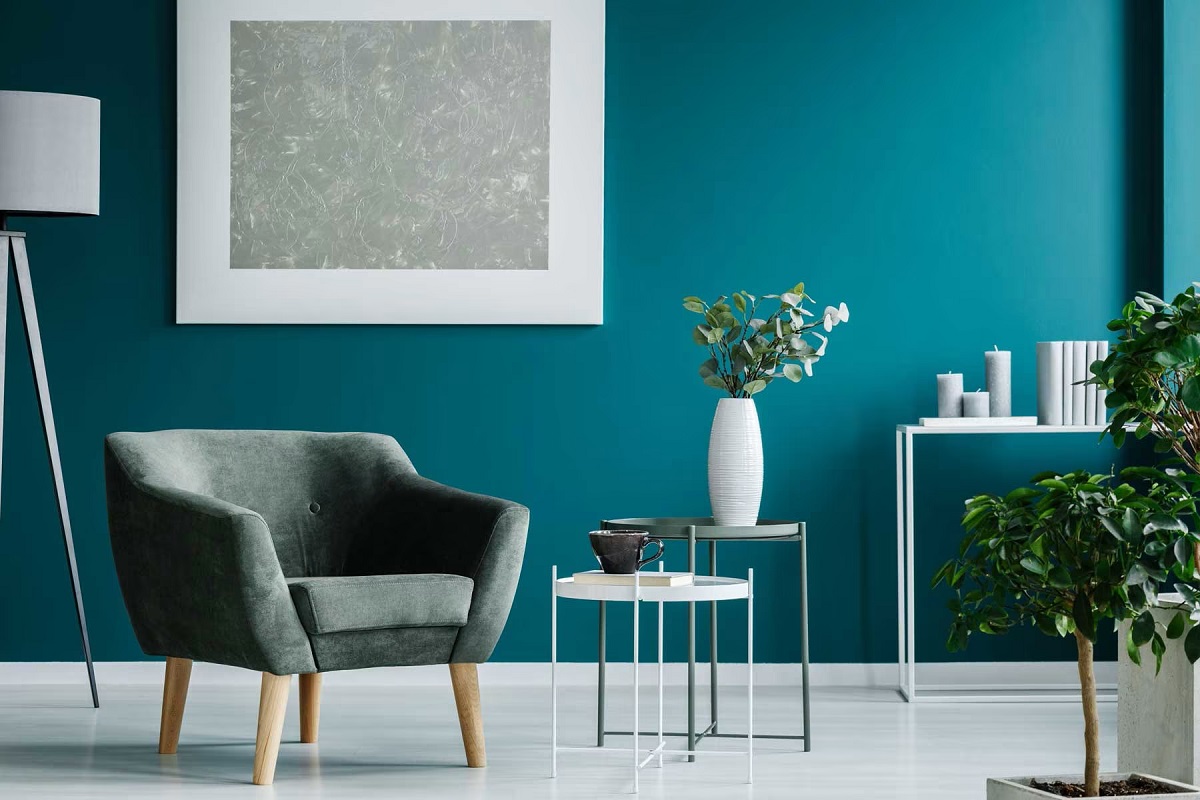
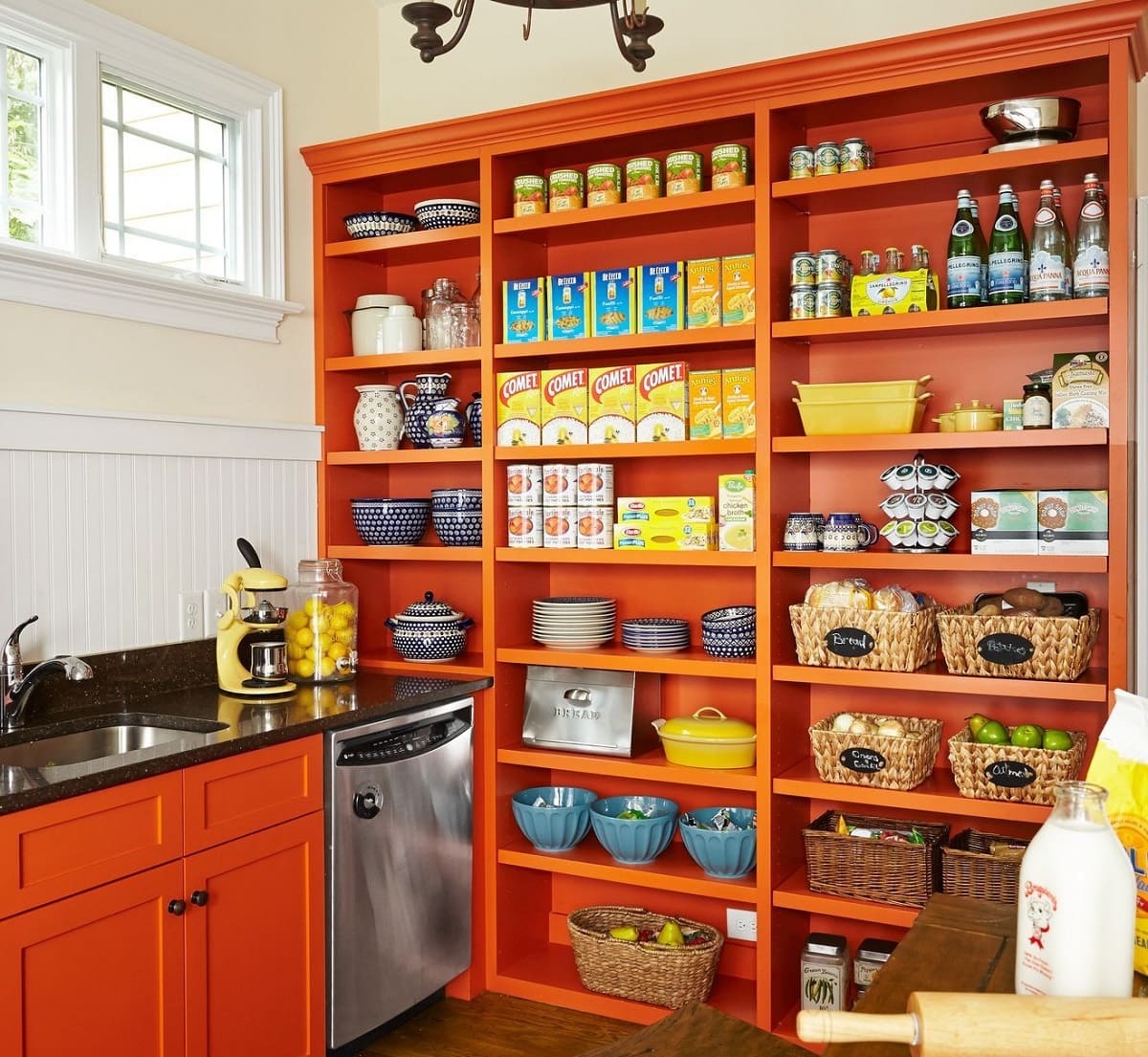
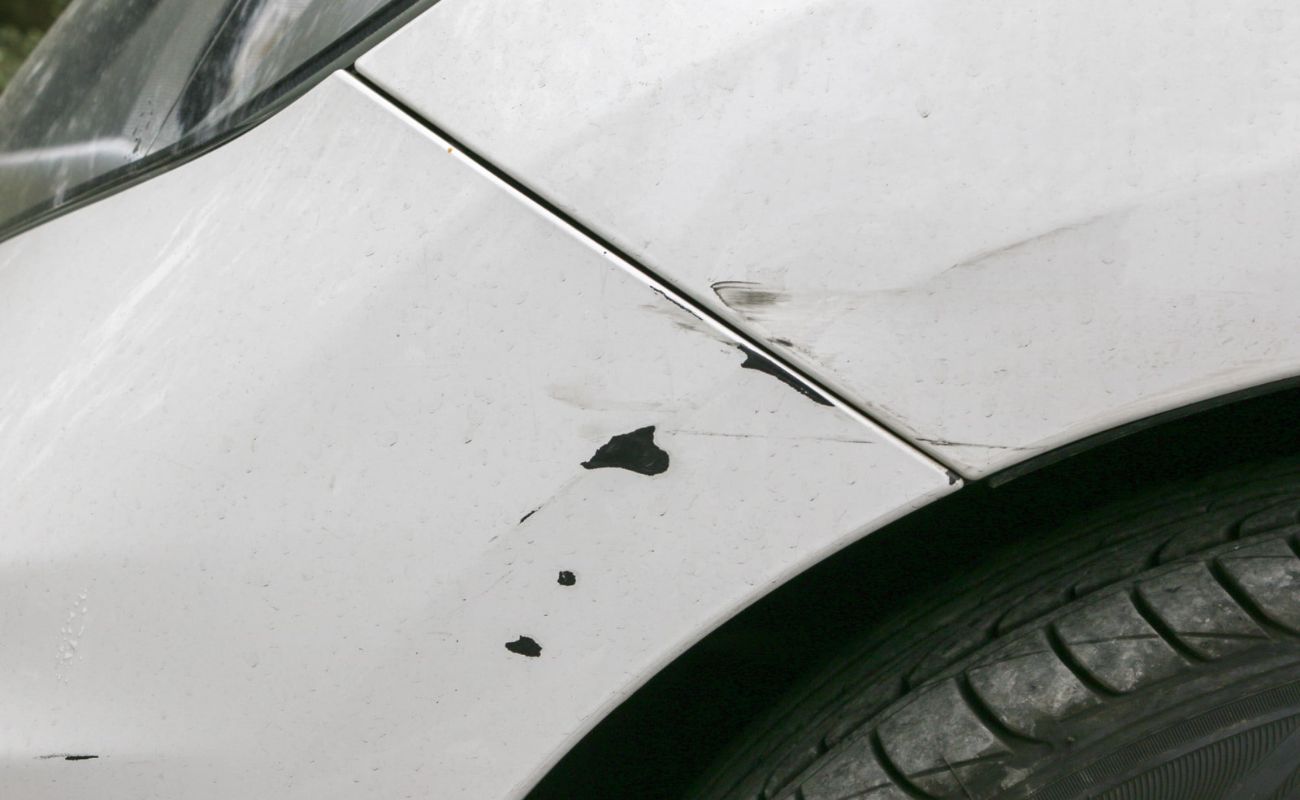
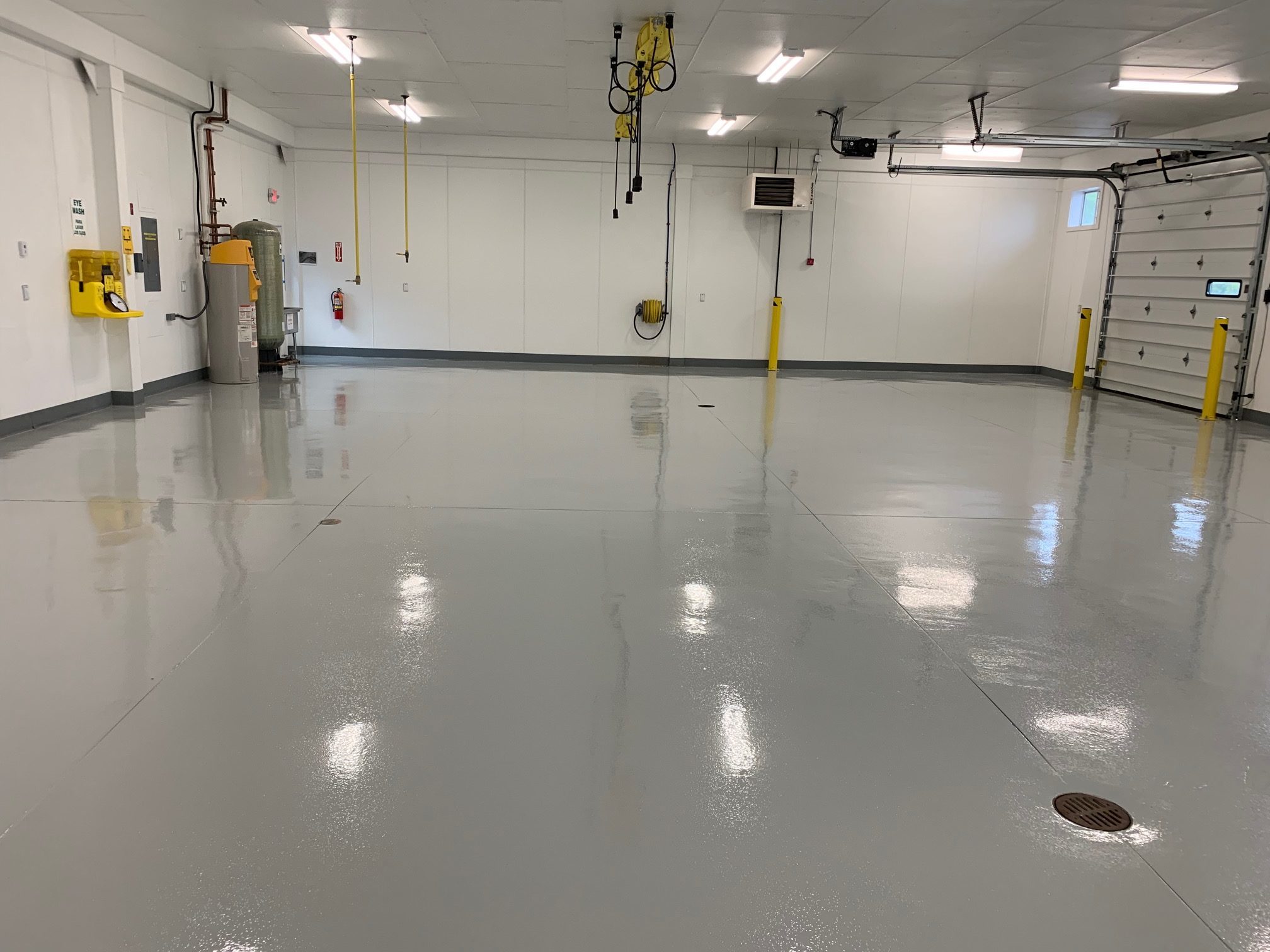
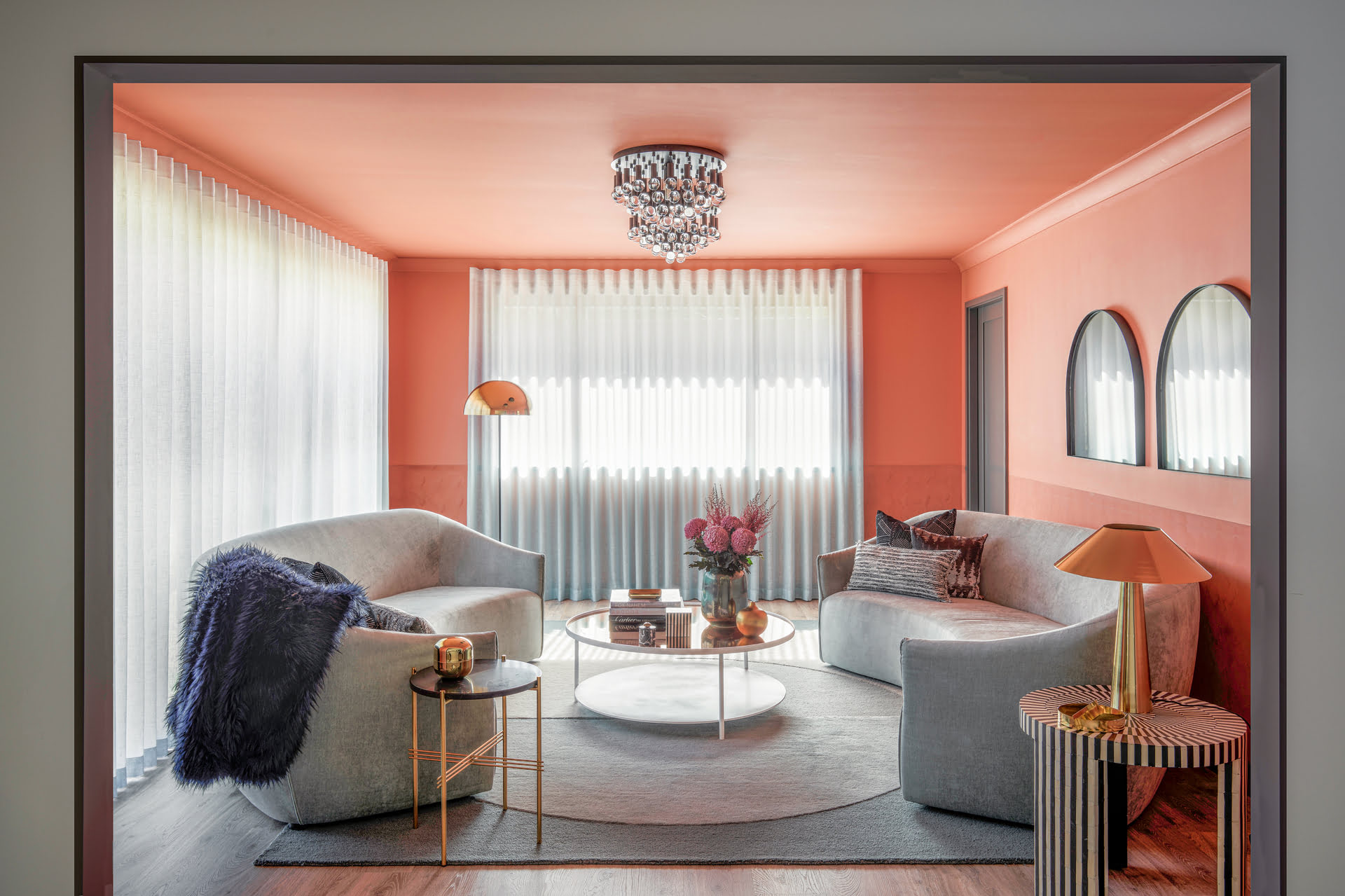
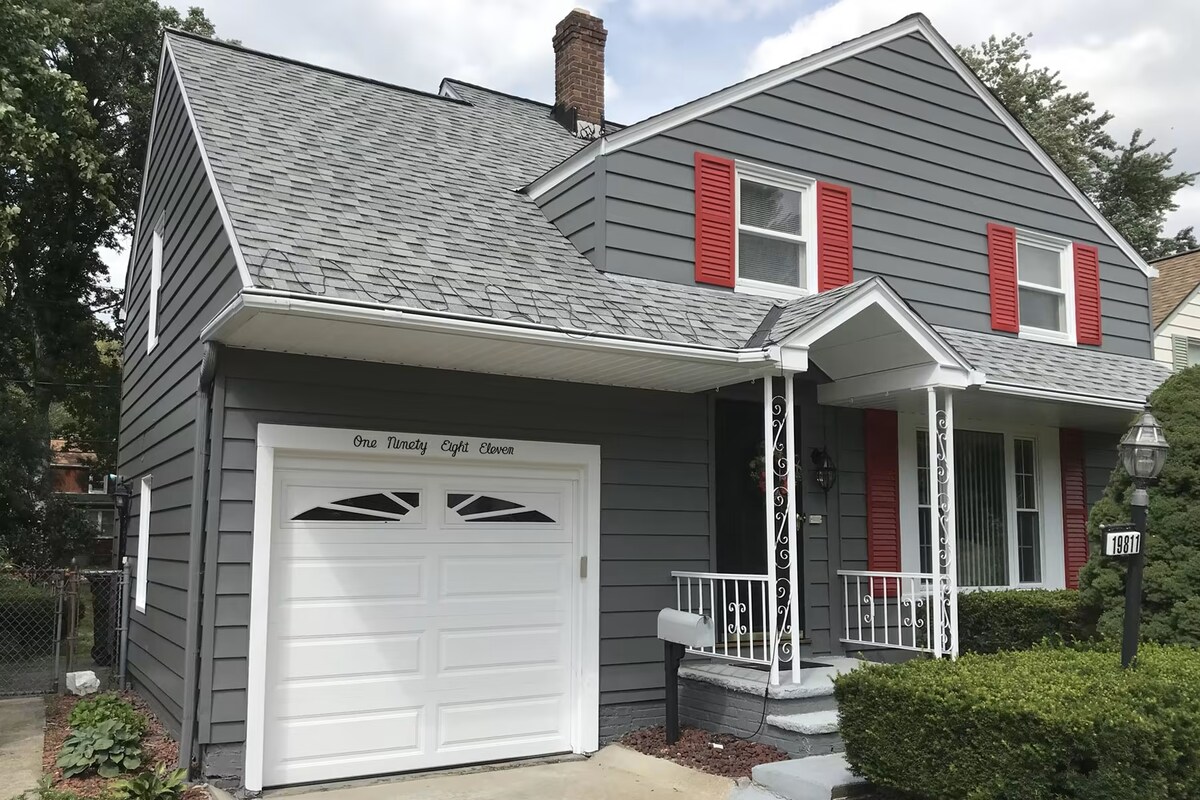
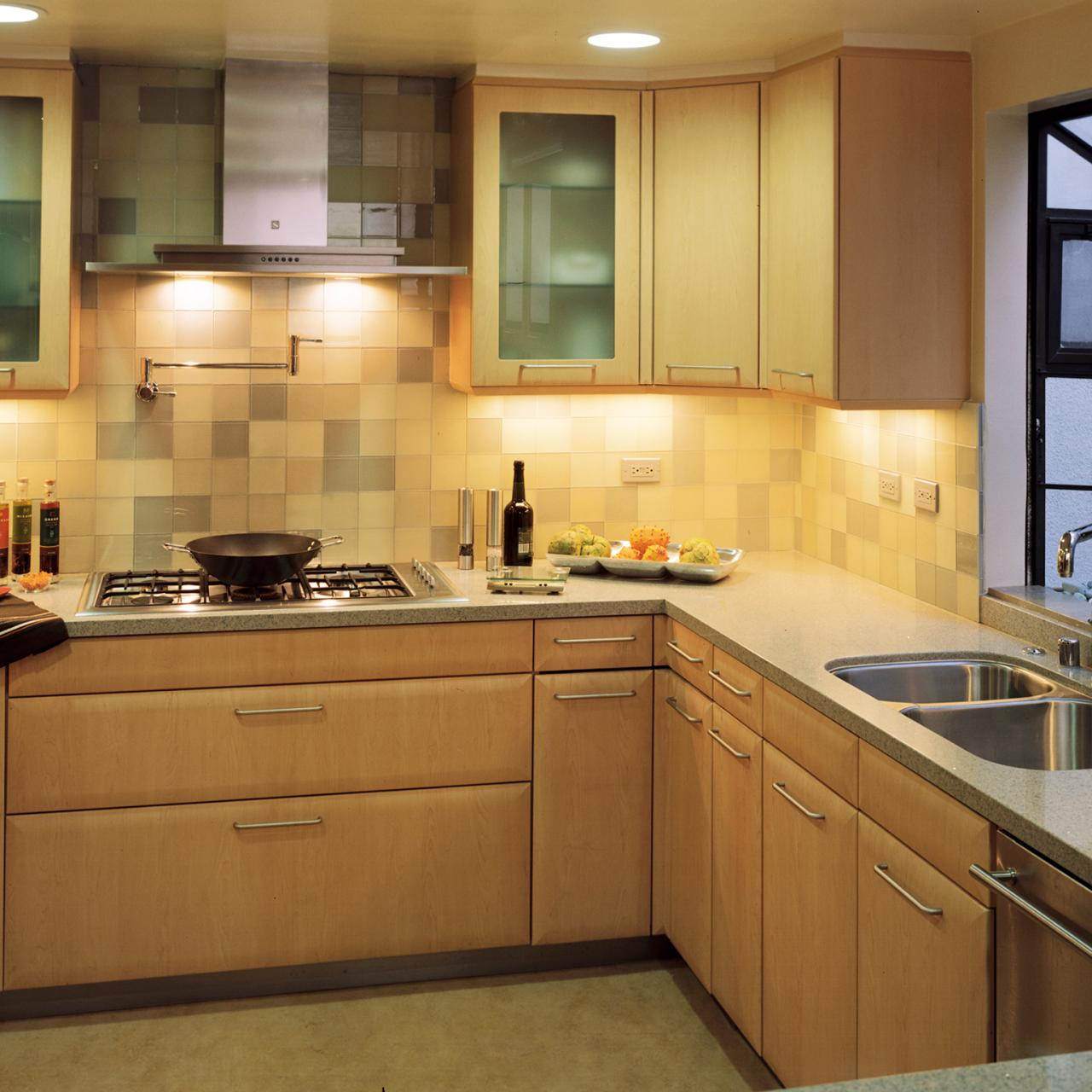
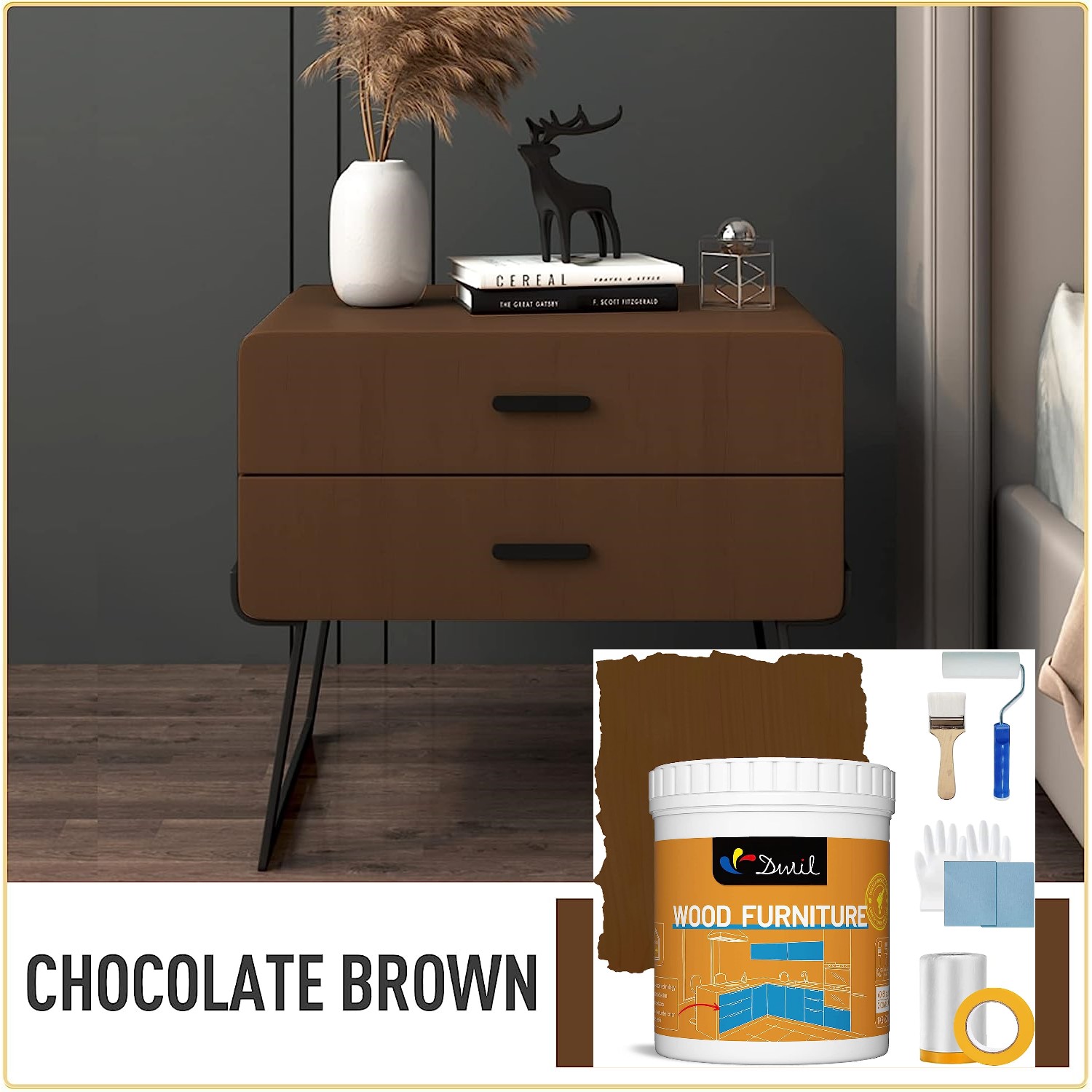
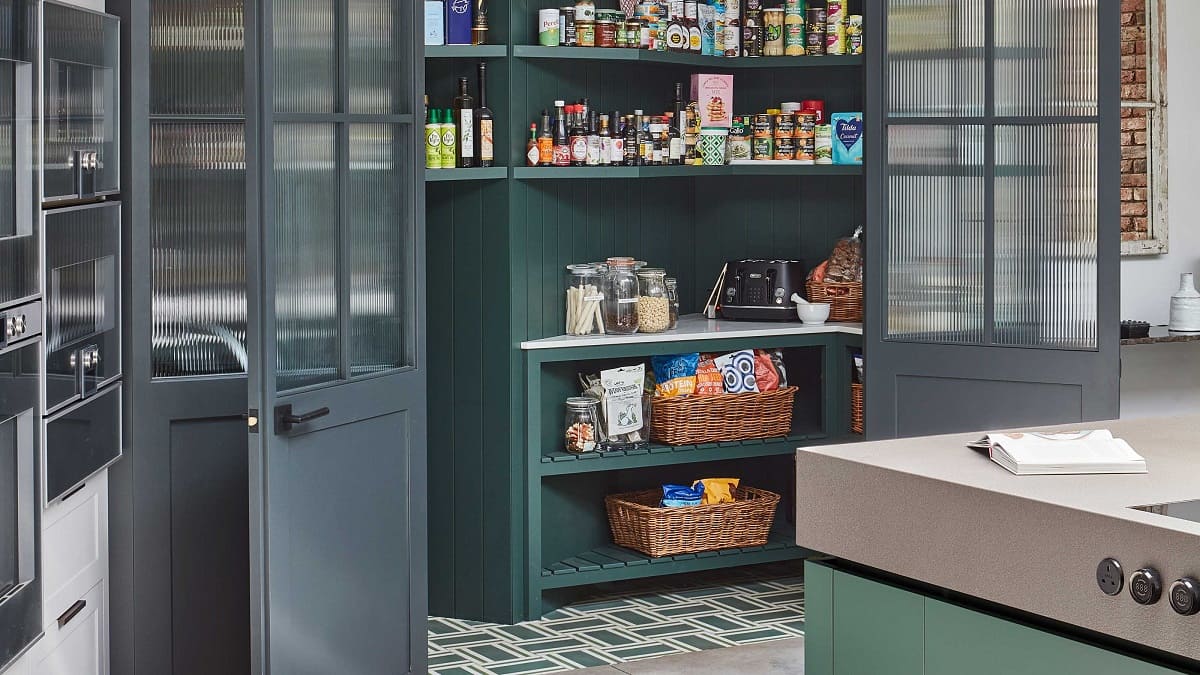
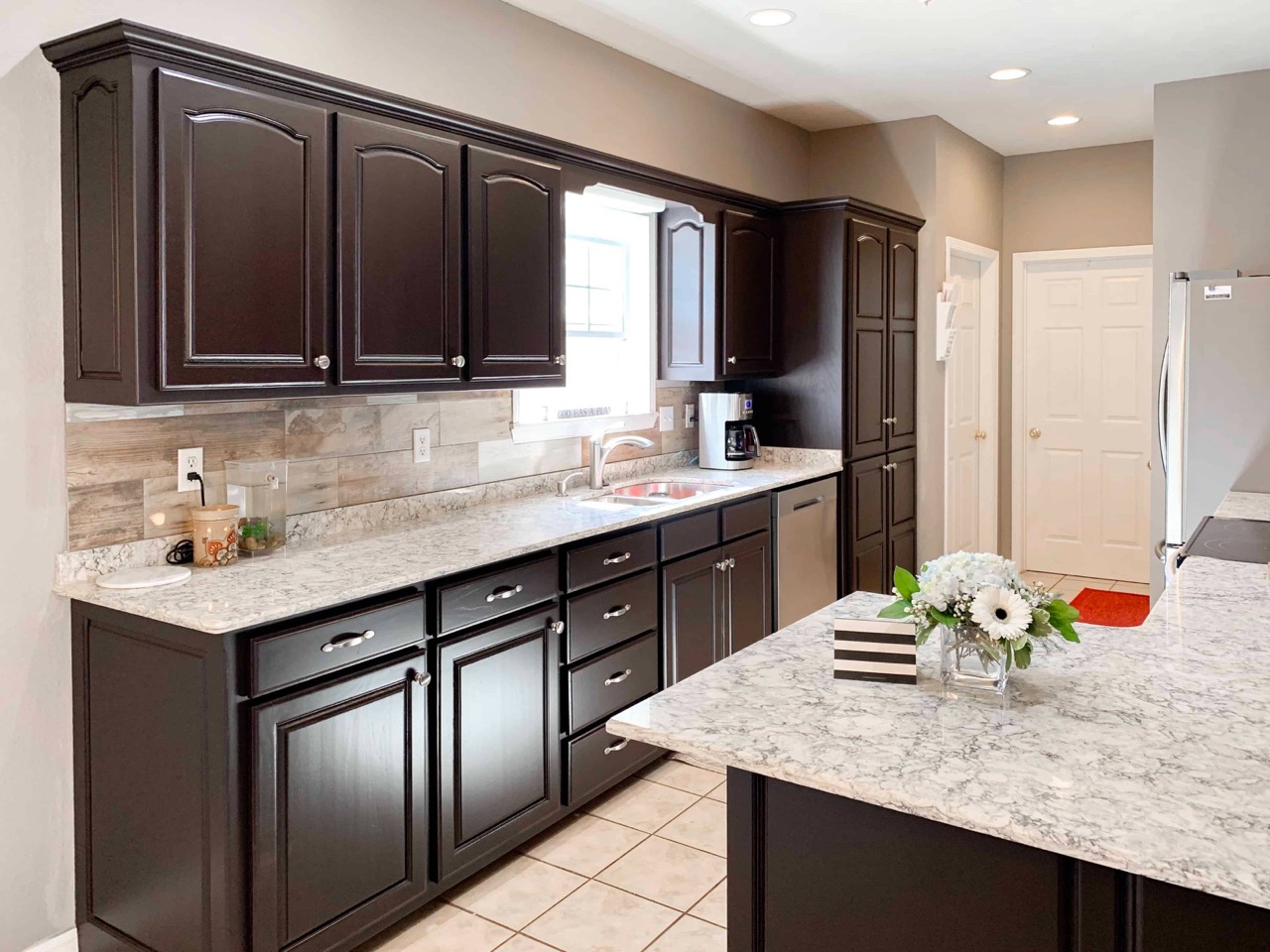
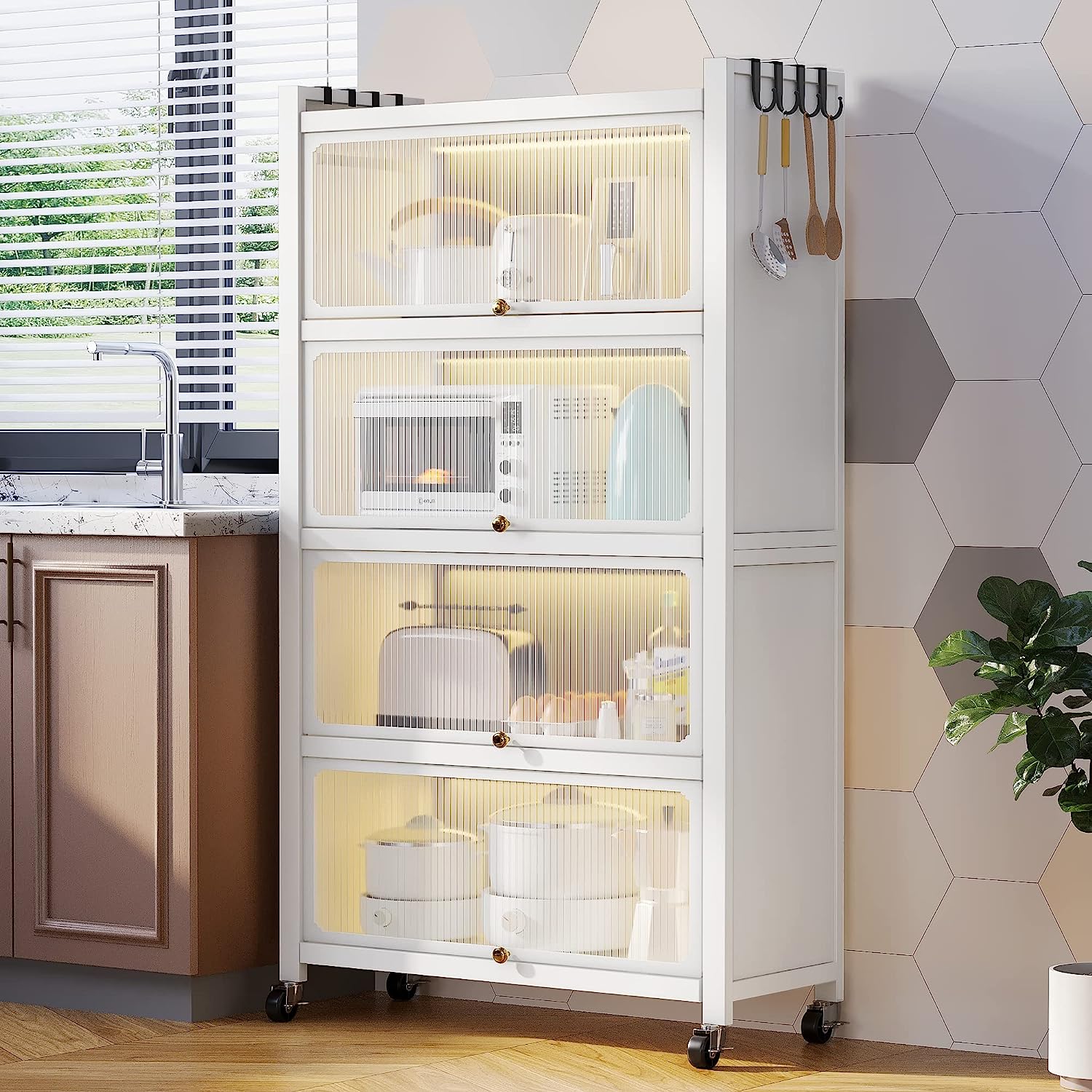

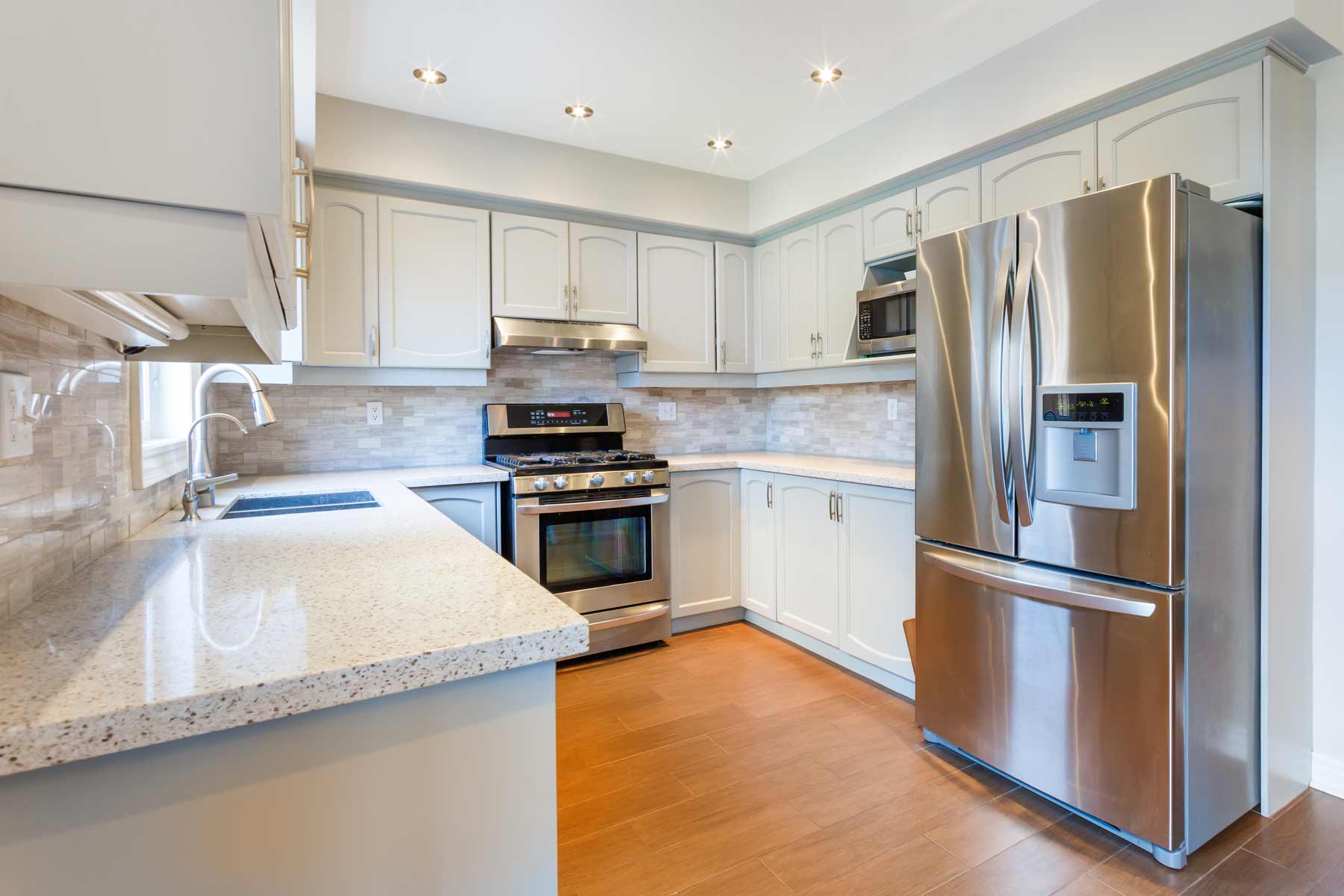
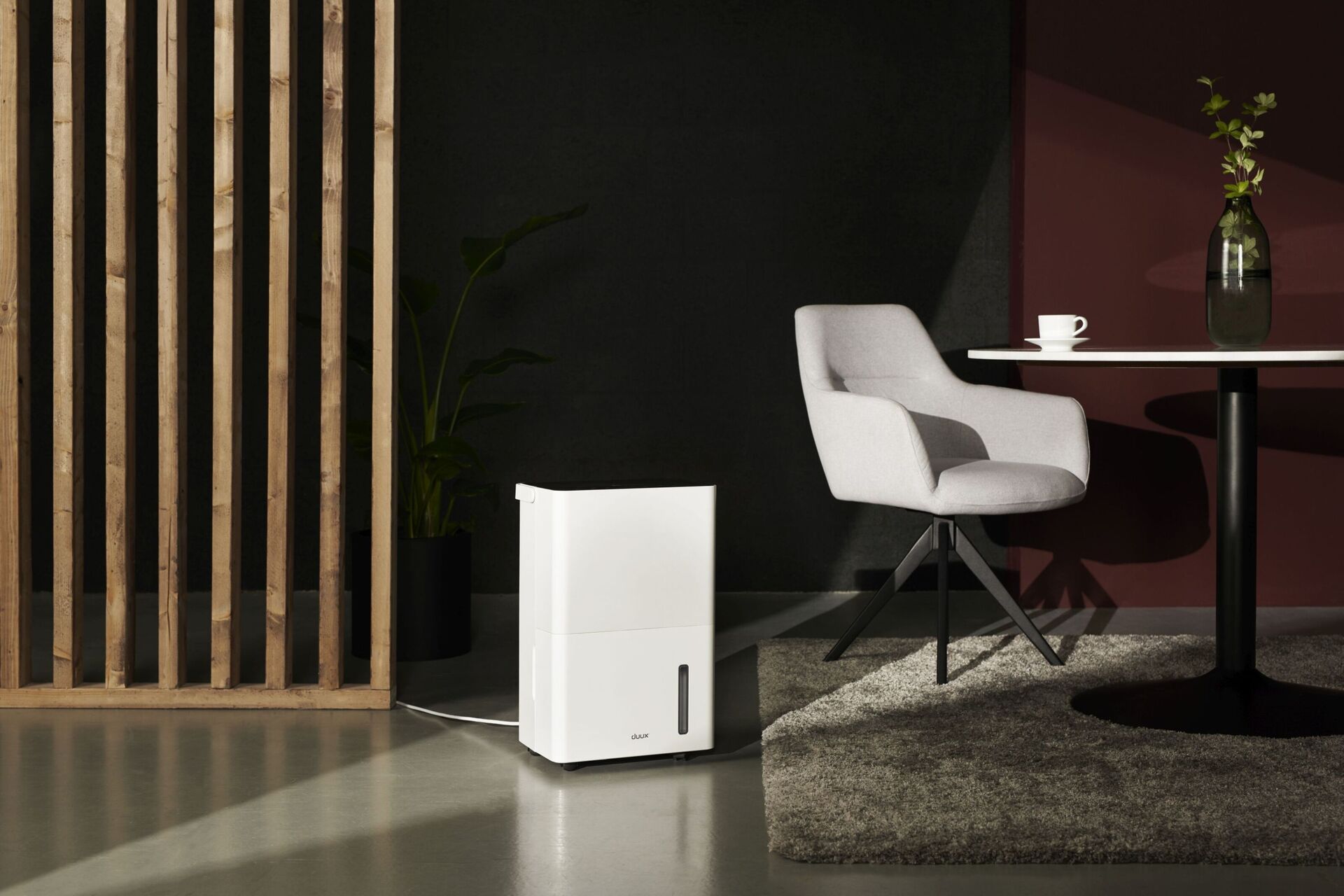

0 thoughts on “How Much Does It Cost To Paint A Kitchen Cabinet”